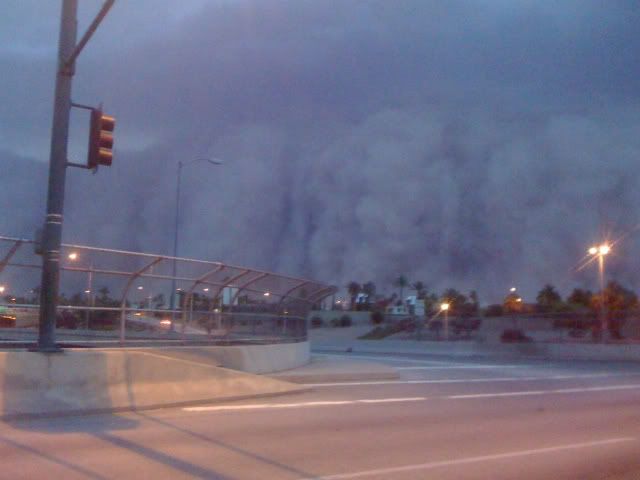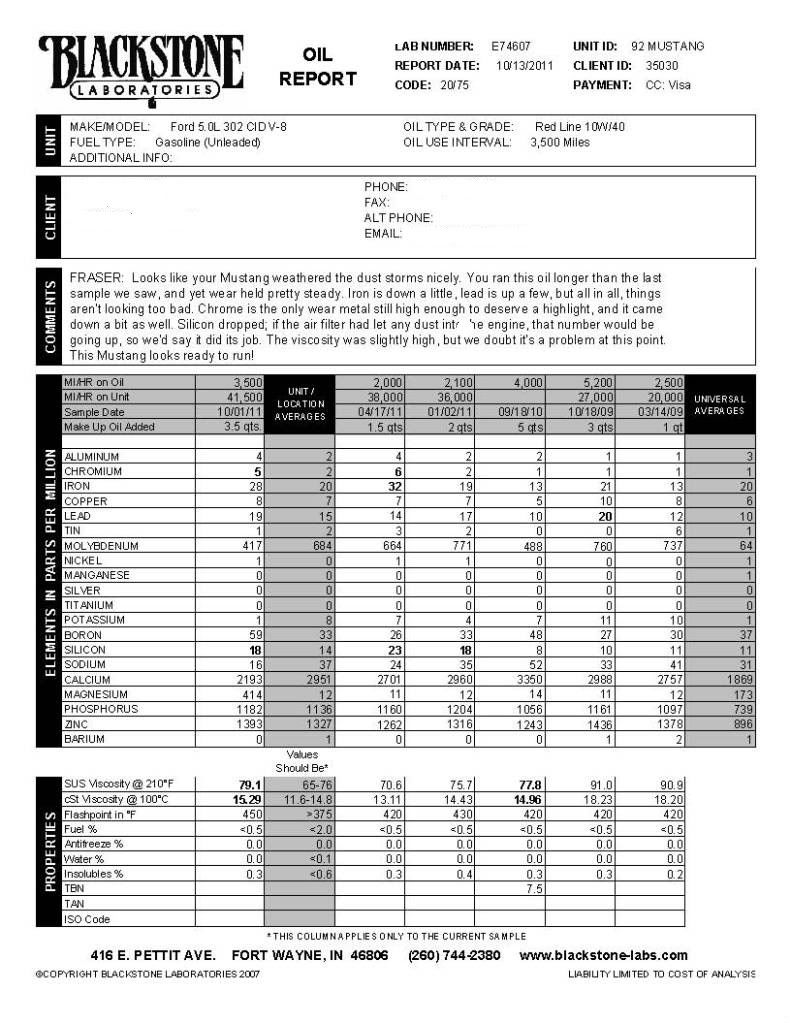Friday, October 14, 2011
Do K&N ai filters really work? My oil analysis says yes
There's been some debate over the years that K&N only filters out large particles and leave the small stuff free to destroy engines. A few months ago I drove the car 15 miles through this dust storm...
...and it was like driving in a tunnel of brown talc powder. Very, very fine stuff. Couldn't see 30 feet in front of me, and frankly I never want to do it again. But it did occur to me: What a wonderful opportunity to find out if K&N's are the dirty menaces some people make them out to be.
I've been running a K&N on this car since before I split the block and rebuilt the engine in '05. Since then, I've put 40,000 miles on it, with maybe 4500 of them on track, and every time I change its oil I send a sample to Blackstone Labs for testing. If K&N filters are that crappy, I would expect to see an increase in silicon in my oil sample this time around. So, the next time I changed the oil, I sent it off to as usual. Here are the results.
It's worth noting that silicon has been up in my samples since I moved to Arizona from the midwest in the middle of 2010, but not heinously so, and every one of the samples includes ample track time on dusty Phoenix race tracks. But what interested me the most was it wasn't up at all after driving through that talc storm.
I'm not a K&N rep, and I don't work for Blackstone either. I just thought the results were interesting, and, for once, fact-based.
Subscribe to:
Posts (Atom)


